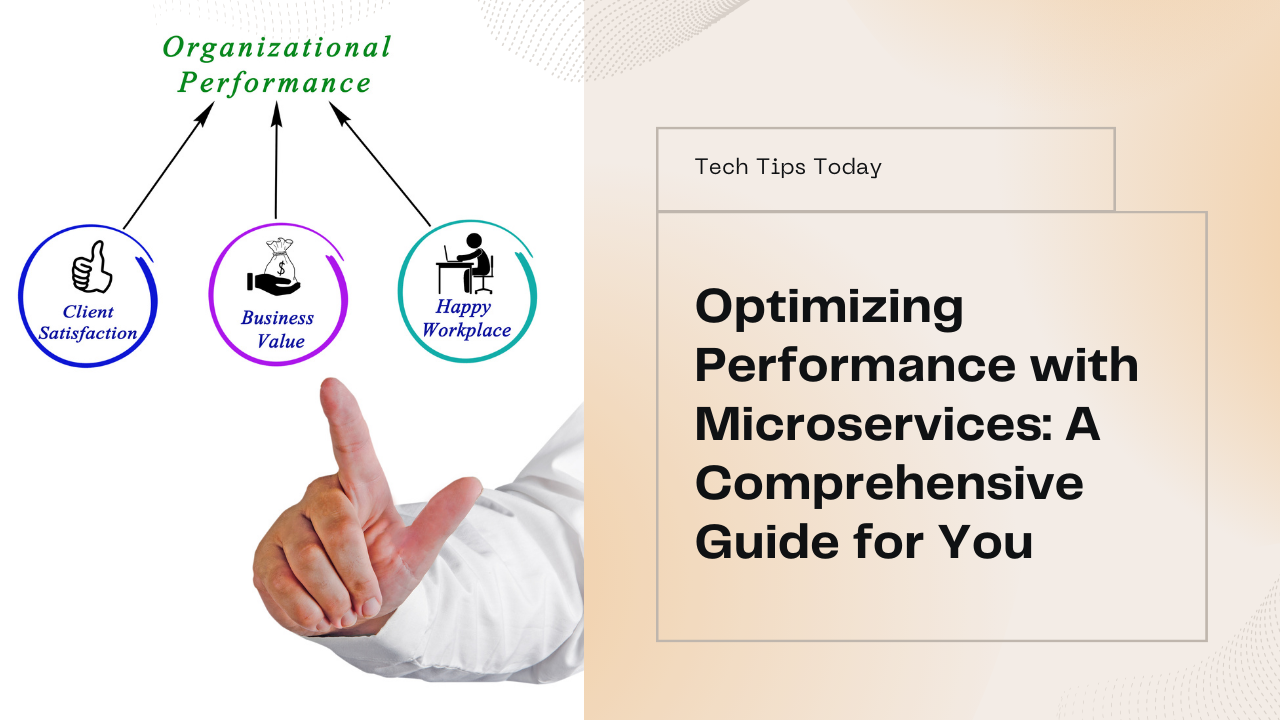In today’s competitive digital landscape, businesses are increasingly turning to microservices architecture to enhance their agility, scalability, and overall efficiency. This blog explores how microservices enable organizations to achieve greater business agility, empowering them to innovate rapidly, respond to market changes swiftly, and deliver exceptional customer experiences.
Understanding Microservices and Business Agility
Microservices architecture is a software development approach where applications are composed of small, independent services. Each service focuses on a specific business capability and communicates with others via lightweight protocols like HTTP or messaging queues. This modular structure allows teams to develop, deploy, and scale services independently, fostering agility and innovation.
Key Characteristics of Microservices for Business Agility:
- Decentralization: Services operate independently, enabling teams to make changes without impacting other parts of the application. This autonomy accelerates development cycles and reduces time-to-market.
- Scalability: Microservices facilitate horizontal scaling, allowing businesses to scale individual services based on demand. This scalability ensures optimal performance during peak loads and supports business growth without architectural constraints.
- Faster Innovation: Independent deployment of services enables teams to innovate rapidly. Changes can be implemented incrementally, allowing businesses to experiment with new features, technologies, or business models efficiently.
- Resilience and Fault Isolation: Failures in one service do not propagate across the entire application, enhancing system resilience. This fault isolation minimizes downtime and improves reliability, crucial for maintaining operational continuity.
Benefits of Microservices for Business Agility
1. Rapid Adaptation to Market Changes:
Microservices enable businesses to respond swiftly to market trends, customer feedback, or regulatory requirements. Agile teams can iterate on services independently, adapting functionalities or adding new features to meet evolving business needs.
2. Improved Time-to-Market:
Independent deployment and continuous integration practices reduce deployment bottlenecks. Businesses can release updates more frequently, ensuring that new features or improvements reach customers faster, driving competitive advantage.
3. Enhanced Customer Experience:
Agility allows businesses to deliver personalized and responsive customer experiences. Microservices support the development of scalable and resilient applications, ensuring seamless performance and reliability for end-users.
4. Operational Efficiency:
Modular architecture simplifies maintenance and troubleshooting. Teams can isolate and address issues within specific services without disrupting the entire system, optimizing resource allocation and operational efficiency.
Best Practices for Harnessing Business Agility with Microservices
1. Design Services Around Business Capabilities:
Align microservices with specific business functions or domains to ensure relevance and cohesion. This approach facilitates focused development efforts and supports business agility by enabling teams to prioritize high-impact features.
2. Implement Automation and CI/CD Pipelines:
Adopt continuous integration and continuous deployment (CI/CD) practices to automate testing, integration, and deployment processes. Automation accelerates delivery cycles, enhances reliability, and supports agile development practices.
3. Monitor Performance and User Feedback:
Utilize monitoring tools to track service performance, user interactions, and business metrics. Proactively gather and analyze feedback to identify opportunities for optimization or innovation, driving continuous improvement.
4. Promote Cross-Functional Collaboration:
Foster collaboration between development, operations, and business teams to align goals and priorities. Cross-functional teams can leverage microservices architecture to innovate collaboratively and respond rapidly to business challenges.
Real-World Examples of Microservices Driving Business Agility
1. Netflix:
Netflix revolutionized the streaming industry by adopting microservices. Their architecture allows for rapid content delivery, personalized recommendations, and scalability during peak usage periods. Microservices enable Netflix to innovate continuously and maintain leadership in digital entertainment.
2. Amazon:
Amazon utilizes microservices to power its e-commerce platform, supporting functionalities such as product recommendations, order processing, and logistics management. Modular services enable Amazon to scale globally, optimize customer experiences, and introduce new services swiftly.
3. Uber:
Uber relies on microservices to deliver real-time ride-sharing services, including driver allocation, pricing algorithms, and payment processing. Microservices architecture supports Uber’s operational agility, ensuring reliable service delivery and seamless user interactions worldwide.
Challenges and Considerations
1. Complexity in Distributed Systems:
Managing a large number of microservices requires robust orchestration, monitoring, and governance frameworks. Businesses must invest in scalable infrastructure and DevOps practices to mitigate complexity and ensure system reliability.
2. Data Consistency and Integration:
Maintaining data consistency across distributed microservices can be challenging. Implementing event-driven architectures, data synchronization patterns, and transactional boundaries helps ensure data integrity and reliability.
3. Security and Compliance:
Microservices introduce security challenges, such as protecting sensitive data and securing inter-service communication. Implementing authentication, authorization, and encryption mechanisms is essential to safeguard business-critical information and comply with regulatory requirements.
Conclusion
Microservices architecture empowers businesses to achieve greater agility, responsiveness, and innovation in today’s competitive marketplace. By embracing modular and scalable development practices, organizations can accelerate digital transformation, enhance customer experiences, and drive operational excellence. However, successful implementation requires careful planning, adherence to best practices, and leveraging advanced technologies to overcome challenges effectively.
At Sodio Technologies, we specialize in designing and implementing microservices architectures that empower businesses to thrive in a dynamic and evolving digital landscape. Contact us today to discover how microservices can transform your organization’s agility, scalability, and competitiveness, enabling you to deliver exceptional value and experiences to your customers.
Embrace microservices to unlock new possibilities for business agility and resilience. Partner with Sodio Technologies to embark on a successful journey towards digital transformation and sustainable growth.







